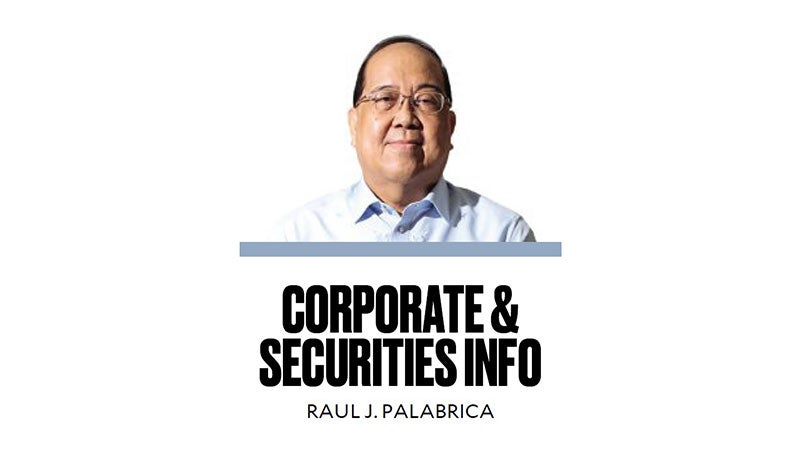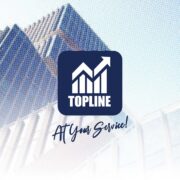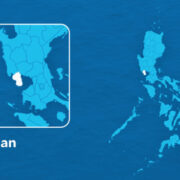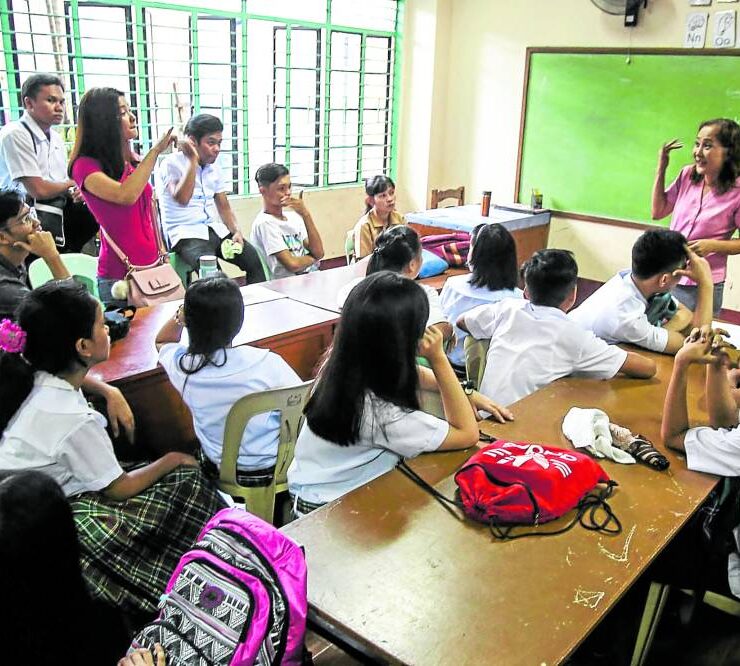Critical pick of college course

By this time, most schools on all levels in the country may be preparing for the start of the 2025-2026 academic year in the latter part of June.
The choice of school to enroll in is primarily determined by the earning capacity of students’ parents. Those who have the means are expected to enroll their children in private schools, while those who are less financially endowed may settle for public schools.
For first time college enrollees who are unsure of what course to take and have no financial worries to think of, the coming days would be decision time for them, with inputs from their parents or people they look up to.
Should they follow their personal interests or should they take a course that would, more or less, assure them of gainful employment after graduation?
(Incidentally, according to the Philippine Statistics Authority, as of January 2025, the number of unemployed Filipinos is 2.06 million.)
This would be crunch time for those young adults because the four or five years they would spend in college would have a significant impact on the course of their lives in the future.
Taking into consideration continuing developments in technology and in the global economy, they have to figure out what employment (or perhaps, entrepreneurial) opportunities await them.
The jobs or businesses that may be in demand or lucrative these days may not remain so two or three years down the road.
For example, at present, there is a shortage of accountants in the Philippines who can timely and efficiently handle the accounting needs of local businesses despite the annual accounting licensure tests that accredit hundreds of additional bean counters.
But there is no assurance that the same demand would remain for the next couple of years in light of advances in AI (or artificial intelligence) that have made it possible for some intelligence-based human activities to be performed by a computer or a computer-controlled machine.
It’s a development that other professions may find themselves in soon and to which they have expressed acceptance because of the financial savings it is expected to bring about.
Inversely, recall that in the 1990s, nursing courses in the country enjoyed a boom because of the strong demand for nurses in the United States and other developed countries.
Then the demand tanked for political reasons and thousands of Filipino nurses found themselves jobless or forced to take on jobs that were unrelated to their profession at low wages.
But note, in recent years, the need for nursing services has been on the upswing in countries with aging populations that many Filipino nurses are filling in and, as a result, has made the nursing course a popular college choice once again.
Admittedly, it would be difficult to predict how things would pan out in the business and employment scenes in the Philippines when today’s fresh college enrollees graduate four or five years from now.
For colleges with placement offices or counselors, today’s enrollment period provides an opportunity for them to advise incoming students on what course to take depending on their assessment of, among others, the students’ learning capacity (which may be determined from the results of their qualifying tests), personal interests and outlook in the job market of the course they want to enroll in.
It would be a tragic waste of time, money and effort if, after going through the grueling college years, the graduates are unable to find employment that fit their education and training or are forced to accept underemployment to be able to make something out of their completed college course.




















